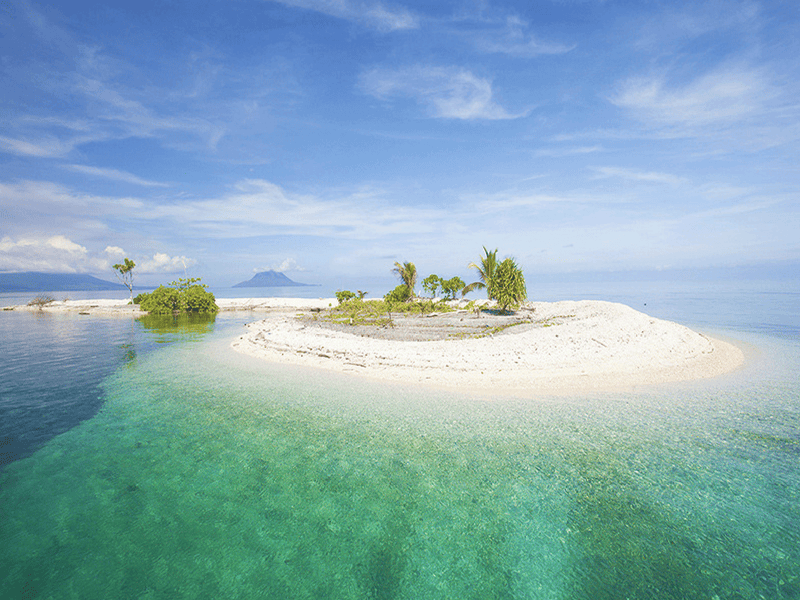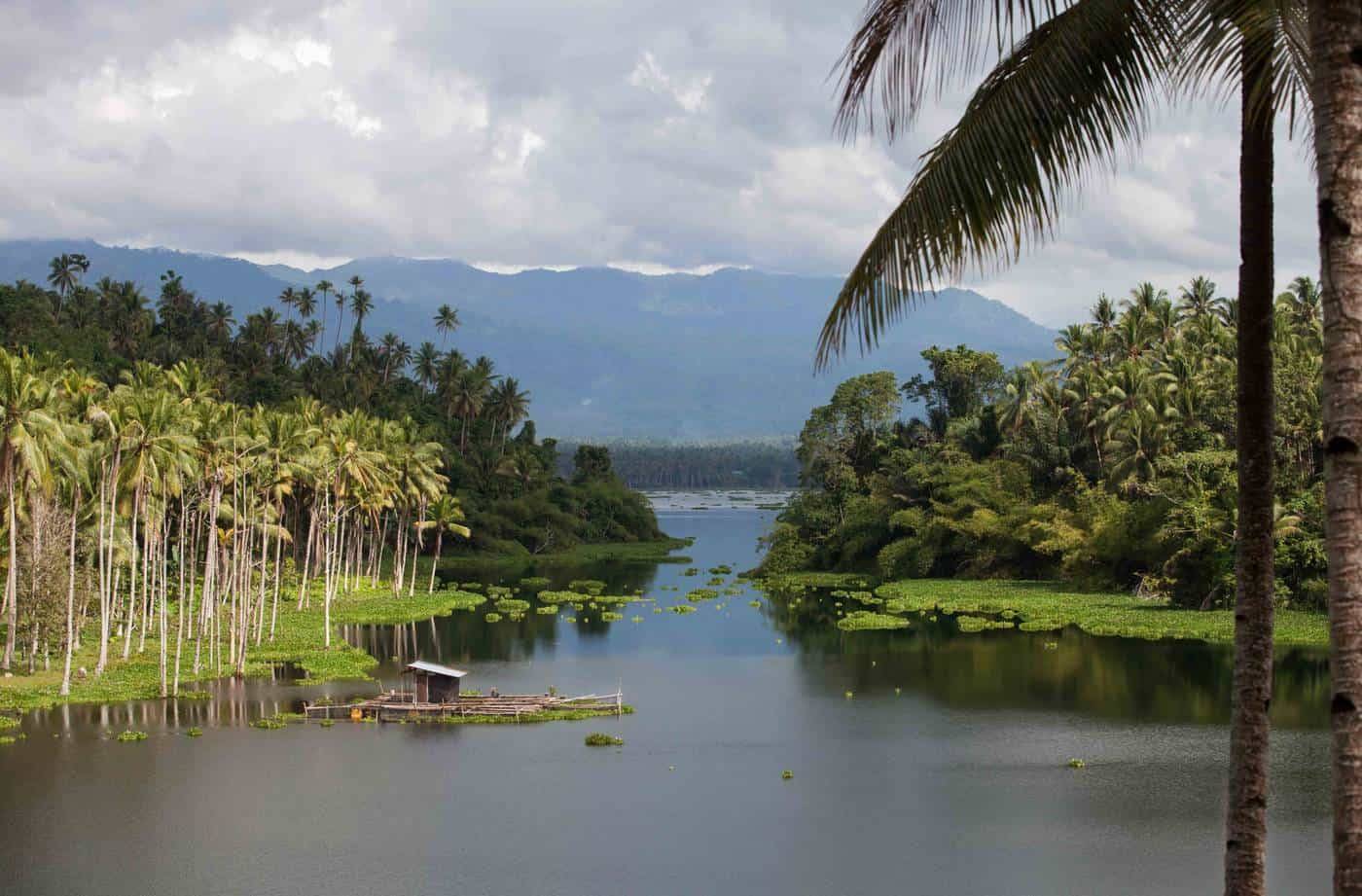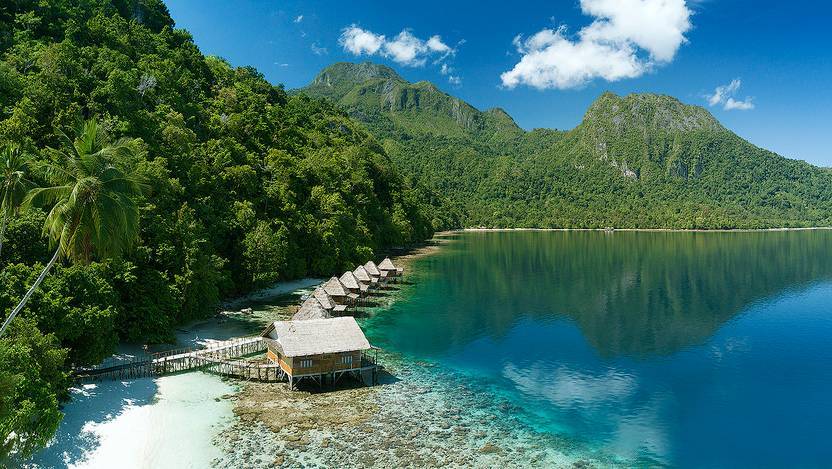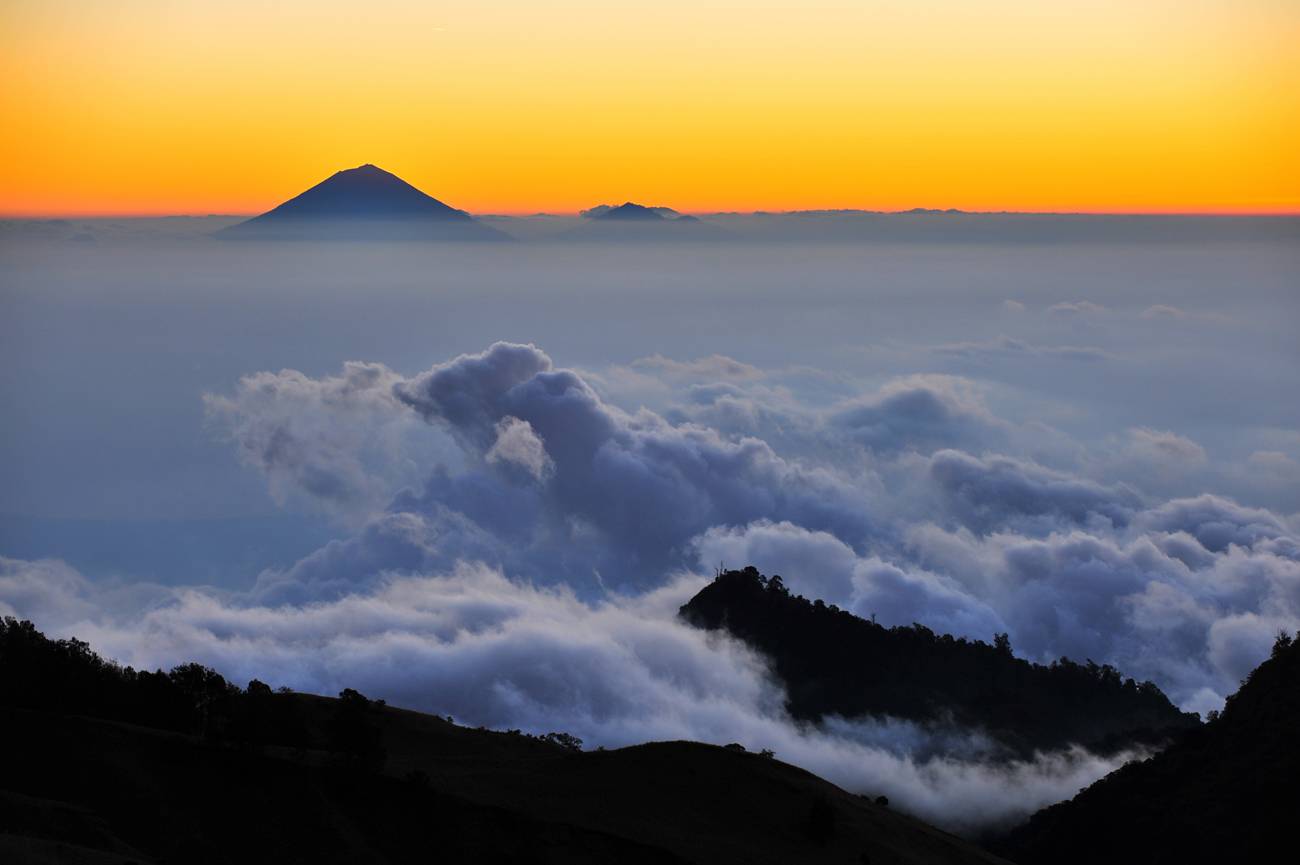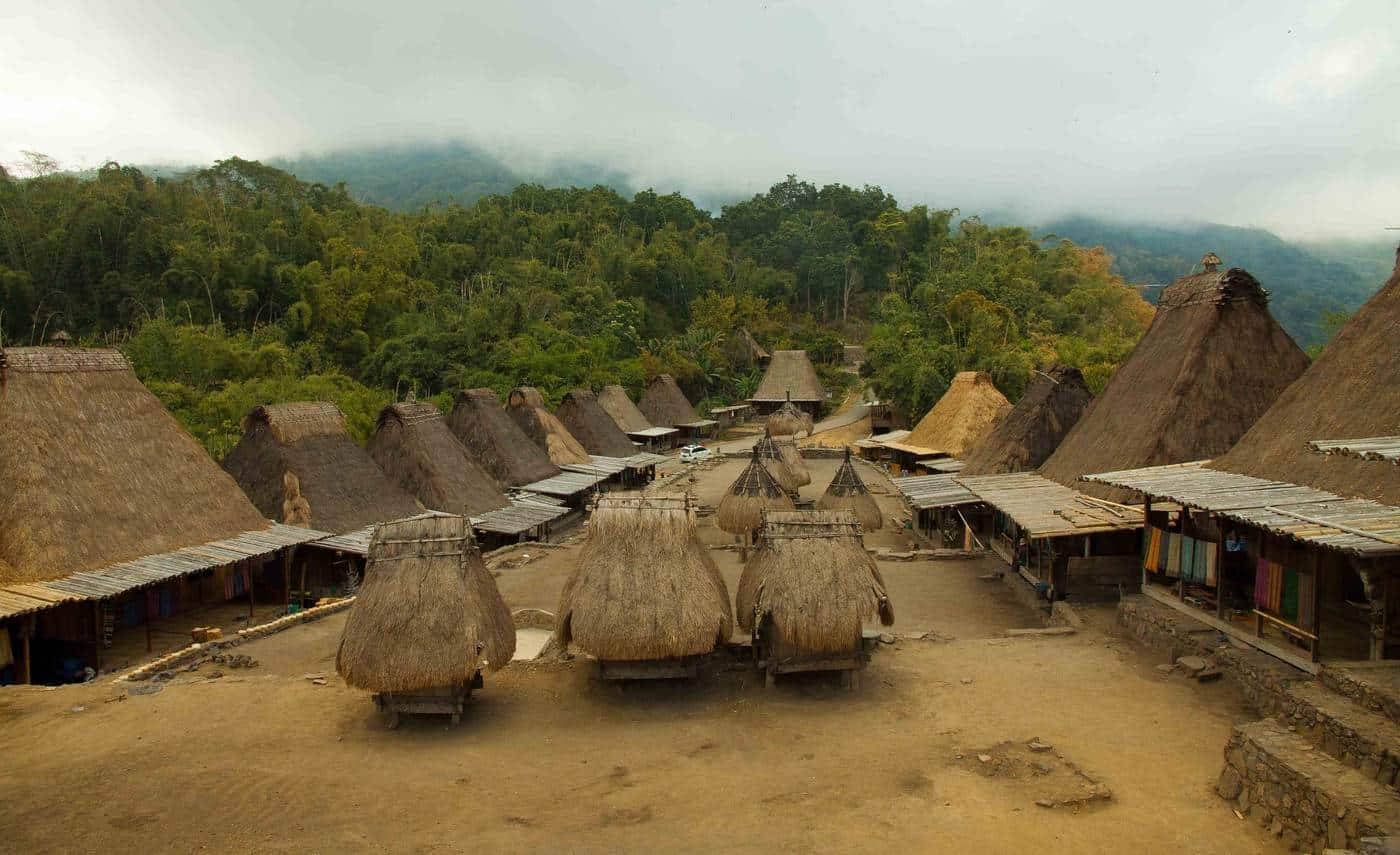To foreign merchants, Maluku has always been known as the Spice Islands for the cloves and nutmeg that were found nowhere else in the world. Not only the beautiful aroma but also exotic splendour of the tropics got the first incomers instantly captivated. Maluku quickly raised interest from Europe and became a Dutch colony for centuries.
Today, the Maluku Islands is an attractive destination, especially for sailors, yachters, scuba divers, and naturally, the beach lovers. The extensive archipelago consists of thousands of inhabited and uninhabited islands, isles and tiny islets. The magnificent ‘network’ of forested mountainous islands along with pristine powdery white sand stretches offers idyllic scenery – immaculate beaches, turquoise lagoons and atolls, virgin coral island reefs and overwater bungalows, which are topped up with perfectly shaped volcanoes in the background.
Not far from the Philippines in the north, and close to neighbouring Australia in the south, and New Guinea in the east, the Maluku Islands accommodate a diverse natural environment, unique fauna and flora and an incredibly abundant marine ecosystem.
On the top of that, the colonial era left behind plentiful landmarks, and culturally, the archipelago presents a wonderful blend of Austronesian, Melanesian and European heritage, which makes it be an extremely interesting travel destination.
